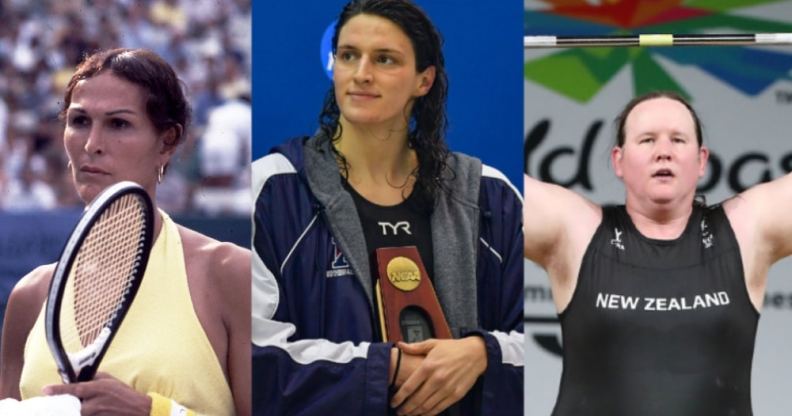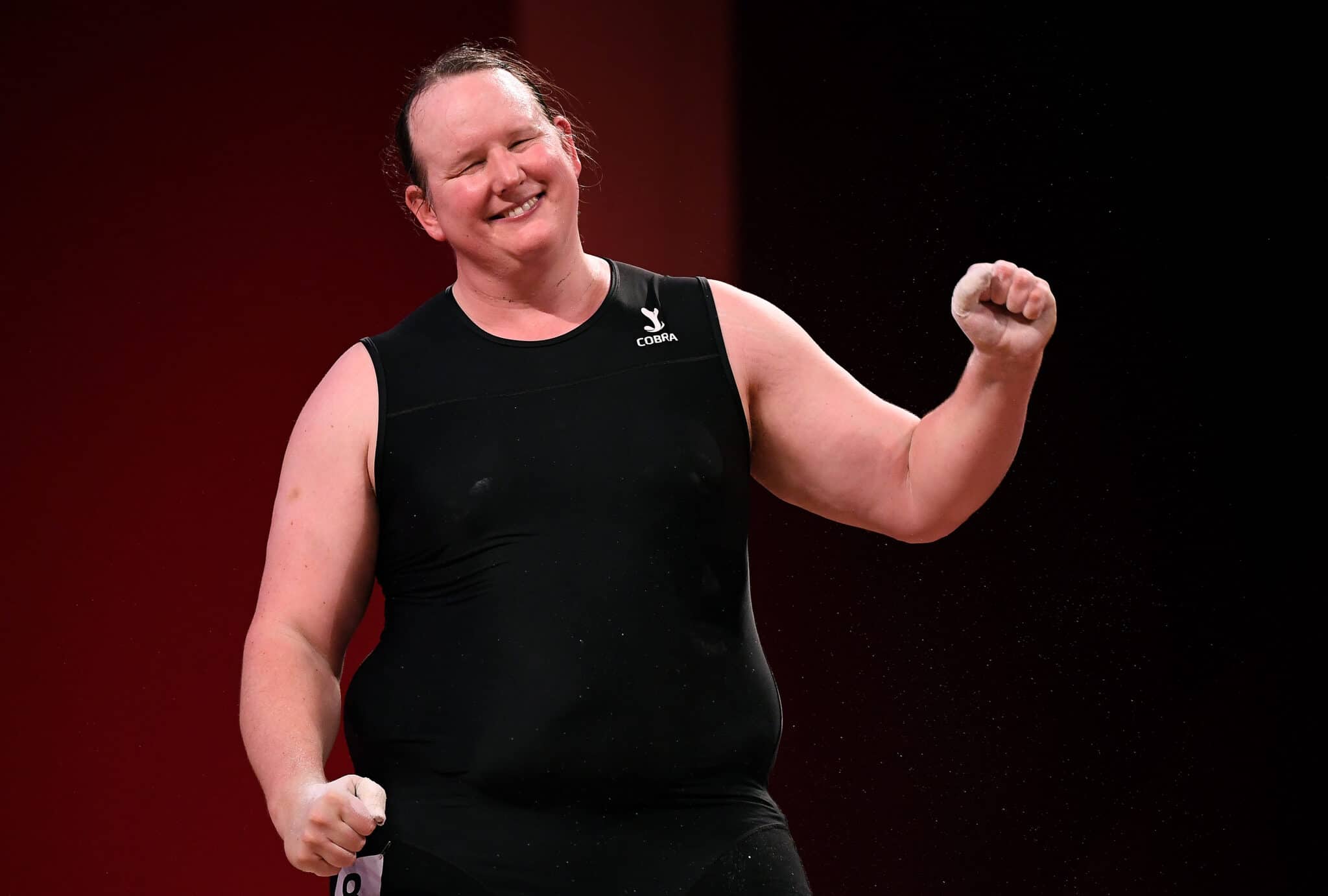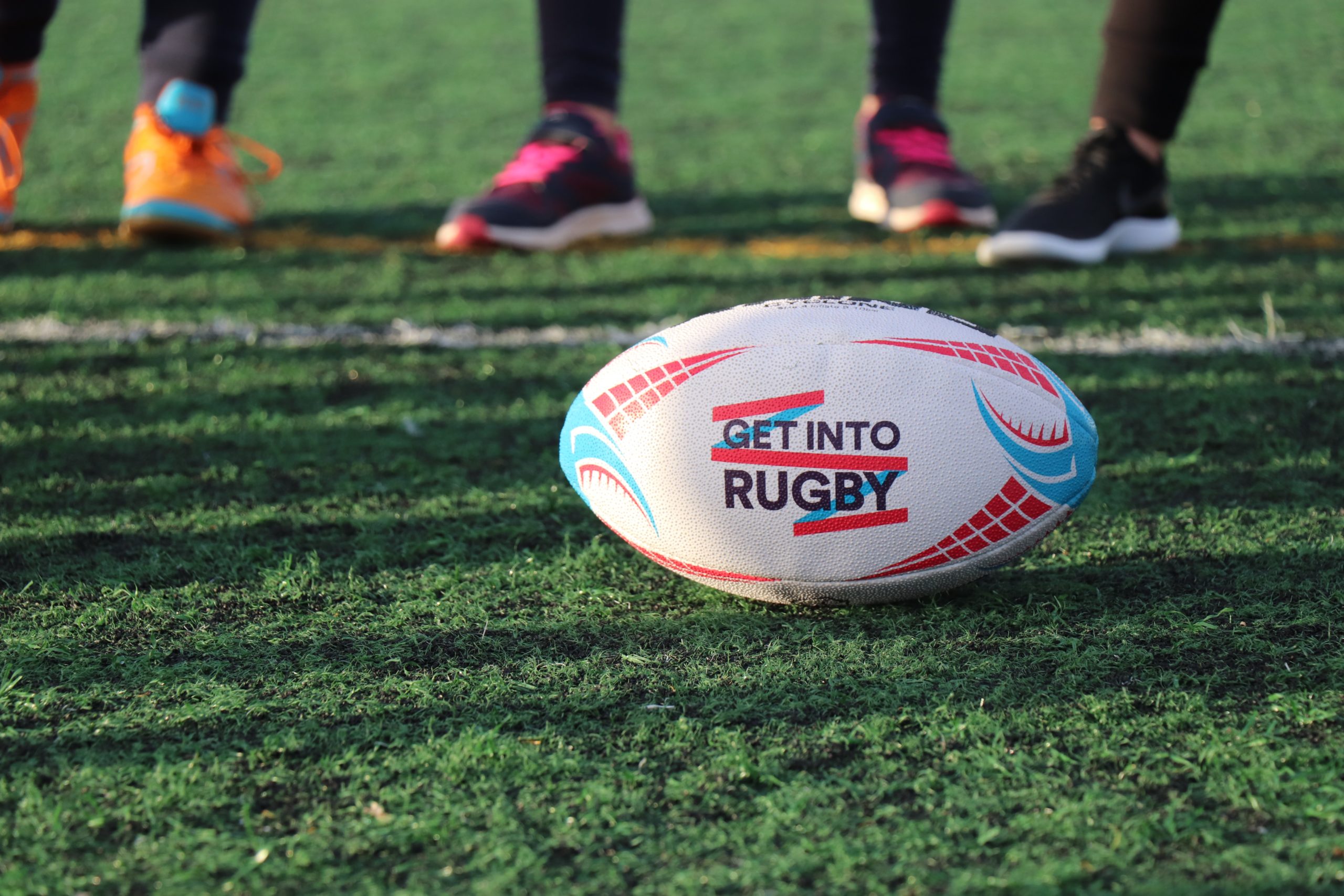Trans swimming ban is the culmination of years of political games, media hysteria and hate

Renée Richards (L), Lia Thomas (C) and Laurel Hubbard (R). (Getty)
Renée Richards (L), Lia Thomas (C) and Laurel Hubbard (R). (Getty)
A ban on trans women in elite swimming is the culmination of years of anti-trans campaigning.
The world governing body for swimming, FINA (International Swimming Federation) on Sunday that it is banning trans women who went through any of the stages of male puberty from women’s races.
FINA president Husain Al-Musallam said the trans swimming ban was introduced following a vote from 152 national federations. It is expected that an “open” category will be established in the future which would allow trans women to compete separately from their peers.
The reaction was instant – LGBTQ+ advocacy groups and activists decried the policy as discriminatory, while experts condemned FINA for its “unscientific” approach.
The policy may seem shocking to those who haven’t been following discussions about trans women in sport, but for those who are clued in, FINA’s move has been a long time coming.
Debates about trans people’s right to play sports have been raging for years
The confected moral panic surrounding trans athletes – much of it focusing on trans women – has been growing for years, and it shows no sign of easing off. It is one of the big talking points of the “gender critical” movement, but it’s also a major fixation of the far-right, certain media outlets, and a certain former United States president.
But the discussion dates back much further than the emergence of the modern “gender critical” movement. In fact, debates surrounding trans people’s participation in sport started in the mid 1970s when tennis player Renée Richards transitioned and started playing in the women’s competition.

Renée Richards, press conference at Newport Beach. (Getty)
Her presence in the women’s game immediately led to backlash. The Women’s Tennis Association (WTA) and the United States Tennis Association (USTA) pulled their support for the US Open after she was invited to participate in a warm-up tournament. Most women pulled out in protest.
That led to the USTA and WTA introducing something known as the Barr body test, which determines a person’s chromosomes. When Richards refused to undergo the test, she was banned from competing in the US Open. She went on to win a case in the New York Supreme Court, where she argued that her civil rights had been breached.
Responding to Richards’ case, the New York Supreme Court ruled that the use of the Barr body test to determine her sex was “grossly unfair”. In 1977, she competed in the women’s contest at the US open, where she reached the doubles final.
Nobody could have known that the “debate” surrounding trans athletes and sport wouldn’t have moved on at all more than 40 years later.
Four decades on, trans rights have been turned into a ‘culture war’
The next big milestone for trans women and sport came in 2003 when the International Olympic Committee (IOC) drew up its first policy surrounding trans people’s participation in sports. That policy was incredibly strict – trans people were required to undergo surgery and be on hormone therapy for a set period of time prior to participation. They also had to have legal gender recognition.

Laurel Hubbard, the first out transgender women to compete at the Olympics. (Wally Skalij /Los Angeles Times via Getty)
The IOC amended its guidelines in 2015 – under its new policy, trans women would be allowed to self-declare their gender, but they must be able to prove that they have a testosterone level below 10 nanomoles per litre for one year before competing. Meanwhile, trans men would be allowed to compete without restriction.
That paved the way for Laurel Hubbard to become the first trans woman to participate in the Olympics in weightlifting, in 2021. Her participation led to feverish news coverage all across the world, as well as regressive debates about whether or not she should be allowed to compete in the first place. In the end, Hubbard failed to complete her lifts. She walked away with no medals.
During the same Olympic Games, non-binary soccer player Quinn won a gold medal as a part of Canada’s women’s soccer team, while non-binary skateboarder Alana Smith represented the United States in their category – however mainstream media coverage largely focussed on attacking Hubbard, as a trans woman.
Right-wing politicians and pundits have stoked the flames of transphobia
The increasing visibility of trans people, both in and out of sports, has sadly been met with a rise in anti-trans rhetoric from political leaders and right-wing mouthpieces.
In January, Donald Trump said he would ban trans women from participating in sport if he were re-elected president. He also used that opportunity to take aim at Lia Thomas, a trans University of Pennsylvania swimmer who has faced heightened scrutiny because of her gender identity.
Boris Johnson agreed with his old chum in April, saying: “I don’t think biological males should be competing in female sporting events.”
Newspapers have framed trans women’s inclusion in sport as “unfair”, a “rigged” game, and even “extremism”.
With this rhetoric, there’s been a slow seep of anti-trans rhetoric around sports out of the professional arena and into schools. At least 18 states in America have enacted legislation that bans trans girls and women from playing on female sports teams. Some state legislatures have also banned trans youth from accessing gender-affirming treatments, making it abundantly clear that the goal isn’t just to remove trans people from sport – it’s to remove them from public life entirely.

A rugby ball on a pitch. (Unsplash)
Sporting governing bodies have been sitting back and taking notes. In October 2019, World Athletics amended its policies surrounding trans women in sport – it changed the testosterone limit to five nanomoles per litre, down from 10.
That shift was a sign of things to come. The following year, World Rugby faced stinging criticism from LGBTQ+ advocacy groups when it announced that it was banning trans women from competing at an elite level. Other governing bodies have gone down similar paths.
In November 2021, the International Olympic Committee dropped its overarching policy on trans inclusion.
At the time, officials said they were dropping testosterone requirements because research had proved hormones were not the deciding factor in determining inclusion.
It was presented as a change for good – instead, sports would be free to set their own rules, and would be encouraged to focus on inclusion and fairness.
Yet, FINA’s trans swimming ban – much like the highly restrictive policy brought in by the world cycling body, Union Cycliste Internationale, on 16 June – focuses on exclusion, not inclusion, as the starting point.
In fact, FINA’s president has admitted that there isn’t currently an out trans woman in elite swimming, making it all the more obvious that the policy is a response to the backlash that followed college swimmer Lia Thomas.
Thomas is yet to comment publicly on the ban, but spoke on the issue of inclusion in a May interview with ABC.
“Trans people don’t transition for athletics,” she said. “We transition to be happy and authentic and our true selves.
“Trans women are a very small minority of all athletes. The NCAA rules regarding trans women competing in women’s sports have been around for 10-plus years.
“And we haven’t seen any massive wave of trans women dominating.”
She added: “Trans women competing in women’s sports does not threaten women’s sports as a whole.”

